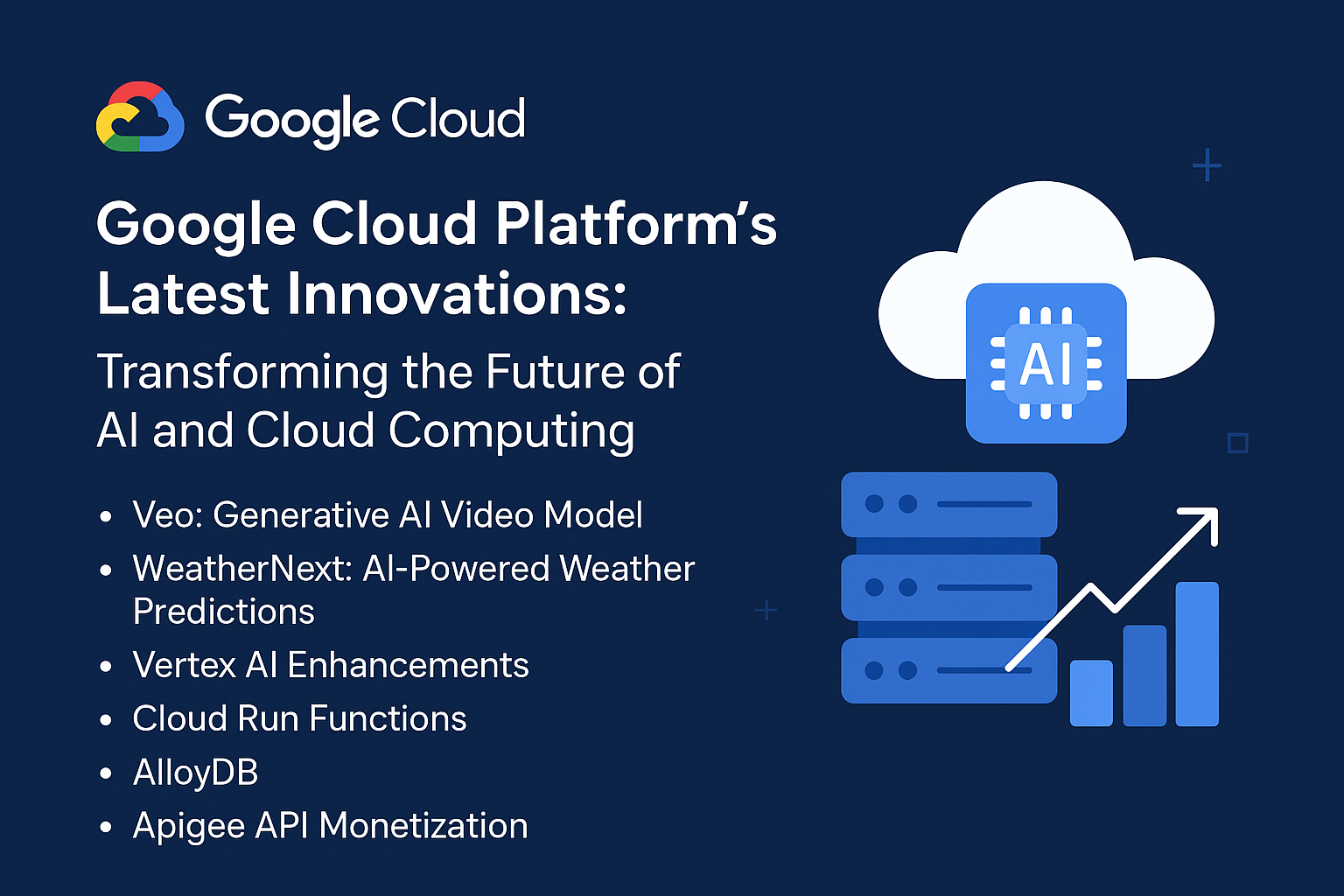
AI and Big Data in Agriculture: Improving Crop Yields and Sustainability
Kehinde Ogunlowo
Table of Contents
- Introduction to AI and Big Data in Agriculture
- AI and Big Data for Crop Yield Prediction
- Precision Agriculture and IoT Integration
- Data-Driven Sustainable Farming Practices
- AI for Pest and Disease Management
- Climate Change Mitigation and Adaptation
- Challenges in Implementing AI and Big Data in Agriculture
- Future Trends and Innovations
- Conclusion
1. Introduction to AI and Big Data in Agriculture
Elaboration:
Artificial Intelligence (AI) and Big Data have the potential to transform agriculture by enabling data-driven decisions that improve crop yields and sustainability. AI refers to the use of algorithms and models that can analyze large datasets to recognize patterns and make predictions, while Big Data refers to the vast amounts of information generated from various sources, including sensors, satellites, weather forecasts, and market trends.
- Resource Links:
2. AI and Big Data for Crop Yield Prediction
Elaboration:
AI and Big Data are crucial in forecasting crop yields by analyzing historical data, soil conditions, weather patterns, and plant health. By using machine learning algorithms, these technologies can predict yields with high accuracy, helping farmers plan their harvests and optimize resources like water and fertilizers.
3. Precision Agriculture and IoT Integration
Elaboration:
Precision agriculture uses data from IoT (Internet of Things) devices, including drones, sensors, and GPS systems, to monitor and manage field variability in crops. These technologies help optimize input usage (such as water, fertilizers, and pesticides), reducing waste and environmental impact while improving crop yields.
- Resource Links:
4. Data-Driven Sustainable Farming Practices
Elaboration:
Big Data and AI enable farmers to adopt more sustainable farming practices by optimizing resource usage and reducing environmental footprints. For example, AI can suggest crop rotation schedules, water conservation strategies, and soil health monitoring, helping reduce overuse of chemical fertilizers and pesticides.
- Resource Links:
5. AI for Pest and Disease Management
Elaboration:
AI technologies, such as image recognition and machine learning, can identify pests and diseases in crops early, allowing farmers to take timely actions. By analyzing plant health data from various sources like satellite images and sensors, AI can help target pesticides and treatments more effectively, minimizing the impact on the environment and reducing costs.
- Resource Links:
6. Climate Change Mitigation and Adaptation
Elaboration:
Climate change has significant implications for agriculture, including unpredictable weather patterns and changing growing seasons. AI and Big Data can help farmers adapt to these changes by providing real-time climate data and forecasts, enabling them to plan accordingly. Additionally, AI can optimize the use of resources to mitigate the impact of climate change on agriculture.
- Resource Links:
7. Challenges in Implementing AI and Big Data in Agriculture
Elaboration:
Despite the promising potential of AI and Big Data, there are several challenges, including limited access to technology in developing countries, data privacy concerns, and the high costs of implementing advanced systems. There’s also the challenge of data integration from various sources, as well as a need for skilled professionals to interpret complex datasets.
8. Future Trends and Innovations
Elaboration:
The future of AI and Big Data in agriculture is promising, with innovations such as autonomous farming machinery, advanced genetic crop engineering, and real-time decision-making platforms. AI-powered robots, drones, and autonomous tractors are expected to revolutionize farming by automating labor-intensive tasks.
9. Conclusion
Elaboration:
AI and Big Data have the potential to significantly improve agricultural productivity, sustainability, and resilience. As technology continues to evolve, these tools will become more accessible, enabling farmers worldwide to adopt data-driven strategies that lead to more efficient and sustainable farming practices.
- Resource Links:
Table of Contents
Latest Articles

